Outline of Sudan
The following outline is provided as an overview of and topical guide to Sudan:
 Flag of Sudan |
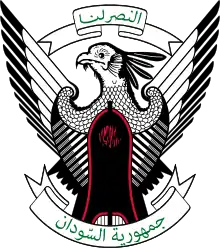 Emblem of Sudan |
 Sudan's location on the map of the world | |
Sudan – North Eastern African state, bordered by Egypt to the north, the Red Sea to the northeast, Eritrea and Ethiopia to the southeast, South Sudan to the south, the Central African Republic to the southwest, Chad to the west and Libya to the northwest. Internally, the river Nile divides the country into eastern and western regions. The population of Sudan is a combination of indigenous African inhabitants and descendants of migrants from the Arabian Peninsula. The overwhelming majority of the population today adhere to Islam.
General reference
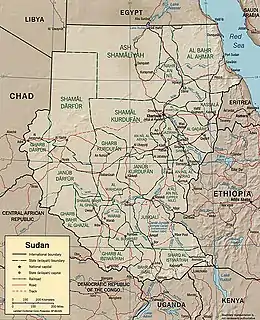
An enlargeable relief map of Sudan and South Sudan (before partition)
- Pronunciation:
- Common English country name: Sudan
- Official English country name: The Republic of Sudan
- Common endonym(s): As-Sudan السودان
- Official endonym(s): Jumhūriyyat as-Sūdān جمهورية السودان (Arabic)
- Adjectival(s): Sudanese
- Demonym(s):
- ISO country codes: SD, SDN, 736
- ISO region codes: See ISO 3166-2:SD
- Internet country code top-level domain: .sd
Geography of Sudan
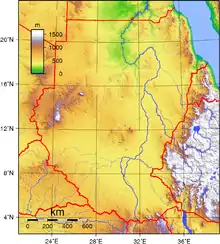
An enlargeable topographic map of Sudan and South Sudan (before partition)
- Sudan is: a country
- Location
- Sudan is situated within the following regions:
- Northern Hemisphere and Eastern Hemisphere
- Africa
- North Africa
- East Africa
- partially within the Sahara Desert
- Greater Middle East
- Time zone: East Africa Time (UTC+03)
- Extreme points of Sudan
- Land boundaries: 6,751 km
- Sudan is situated within the following regions:
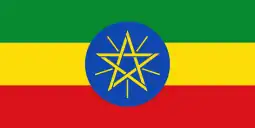 Ethiopia 769 km
Ethiopia 769 km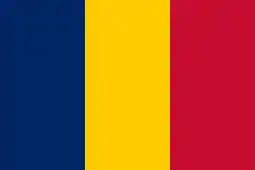 Chad 1,360 km
Chad 1,360 km Egypt 1,273 km
Egypt 1,273 km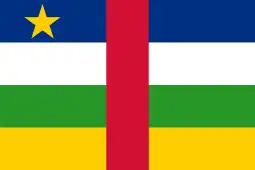 Central African Republic 175 km
Central African Republic 175 km Eritrea 605 km
Eritrea 605 km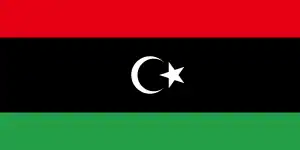 Libya 383 km
Libya 383 km South Sudan 1 937 km
South Sudan 1 937 km
- Coastline: Red Sea 853 km
- Population of Sudan: 30,894,000 (2008) - 32nd most populous country
- Area of Sudan: 1,886,068 km2
- Atlas of Sudan
Environment of Sudan
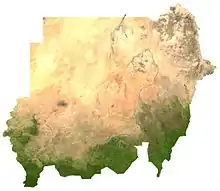
An enlargeable satellite image of Sudan
Natural geographic features of Sudan
- Glaciers in Sudan: none [1]
- Mountains of Sudan
- Rivers of Sudan
- World Heritage Sites in Sudan
Regions of Sudan
Regions of Sudan
Administrative divisions of Sudan
States of Sudan
Demography of Sudan
Government and politics of Sudan
- Form of government: authoritarian democracy
- Capital of Sudan: Khartoum
- Elections in Sudan
- Political parties in Sudan
Branches of the government of Sudan
Executive branch of the government of Sudan
Legislative branch of the government of Sudan
- Parliament of Sudan (bicameral)
- Upper house: Senate of Sudan
- Lower house: House of Commons of Sudan
Judicial branch of the government of Sudan
Court system of Sudan
Foreign relations of Sudan
Membership in international organizations
The Republic of Sudan is a member of:[2]
Law and order in Sudan
Law of Sudan
Military of Sudan
- Command
- Forces
Local government in Sudan
Local government in Sudan
History of Sudan
- Timeline
- Pre-independence governors
- Pre and early history
- Medieval
- Islamization
- Turkish occupation
- Mahdiyya
- Anglo-Egyptian occupation
- Independent Sudan
- First Civil War
- 1958 coup
- 1969 coup
- Nimeiry Era
- Communist coup
- National Reconciliation
- Second Civil War
- 1985 coup
- First Transitional Military Council
- Coalitions/Bashir Era
- 1989 coup
- RCCNS
- War in Darfur
- United Nations Mission
- Nomadic conflicts
- Internal conflict (from 2011)
- 2019 coup
- Second Transitional Military Council
- Transitional Sovereignty Council
- 2019–2026 transition to democracy
Culture of Sudan
Visual and performing arts in Sudan
General culture of Sudan
- Cuisine of Sudan[3]
- Languages of Sudan
- Media in Sudan
- Television in Sudan
- National symbols of Sudan
- People of Sudan
- Public holidays in Sudan
- Religion in Sudan
- Archaeological sites in Sudan
- National Museum of Sudan
Sports in Sudan
Economy and infrastructure of Sudan
- Economic rank, by nominal GDP (2007): 66th (sixty-sixth)
- Agriculture in Sudan
- Banking in Sudan
- Communications in Sudan
- Companies of Sudan
- Currency of Sudan: Pound
- ISO 4217: SDG
- Energy in Sudan
- Health care in Sudan
- Mining in Sudan
- Tourism in Sudan
- Transport in Sudan
Education in Sudan
Health in Sudan
See also
References
- The only glaciers in Africa are on Mt Kenya (in Kenya), on Kilimanjaro (in Tanzania), and in the Ruwenzori Mountains (which are located in Uganda and the Democratic Republic of the Congo). See Proceedings of the Riederalp Workshop, September 1978; Actes de l'Atelier de Riederalp, septembre 1978): IAHS-AISH Publ. no. 126, 1980.
- "Sudan". The World Factbook. United States Central Intelligence Agency. July 21, 2009. Retrieved July 23, 2009.
- Davidson, Alan; Jaine, Tom (2014-11-20), Jaine, Tom (ed.), "Sudan", The Oxford Companion to Food, Oxford University Press, doi:10.1093/acref/9780199677337.001.0001, ISBN 978-0-19-967733-7, retrieved 2021-05-29
External links
- Government of Sudan official homepage (in Arabic)
- Sudan.Net
- North/South Sudan Abyei and News and 11 July 2008 and UN SRSG for Sudan Praises Abyei Progress of 11 September 2008
- Sudan Photographic Exhibition - Documentary photographer's images of Sudan's displaced
- Between Two Worlds: A Personal Journey Archived 2013-11-27 at the Wayback Machine, Photographs by Eli Reed of the Lost Boys of Sudan
- John Dau Sudan Foundation: transforming healthcare in Southern Sudan
- The Juba Post - South Sudan's Independent Newspaper
- Al Rai el am- Biggest Sudan newspaper-Arabic
- IRIN humanitarian news and analysis - Sudan
- Photos of industrial and military production - Sudan
- Sudan Organisation Against Torture
- Africa Floods Appeal
- SudanList Classified Advertising
- Sudanese Online News (in Arabic)
- The Small Arms Survey - Sudan
- The Carter Center information on Sudan
- 2008 Travel Photos from Sudan
This article is issued from Wikipedia. The text is licensed under Creative Commons - Attribution - Sharealike. Additional terms may apply for the media files.